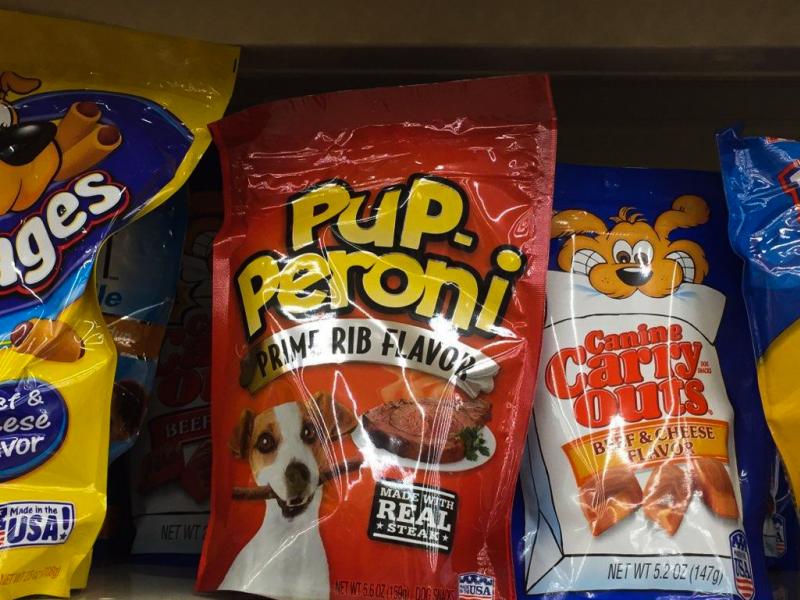We can’t help that we’re wired to show love through snacks and treats. Our pets can’t help but take advantage of that! They know they’re the very best and that if they stare long enough or sigh hard enough that even the strongest resolve will come crashing down!
The problem with that is, commercial treats are LOADED with calories – sometimes as much as a whole cup of food – and that’s not good for your pet’s health at all.
Read More
Dog crates have been used by dog owners, breeders, trainers, groomers and veterinarians for a long time. But many pet owners hate the idea of using a crate fearing it to be unfair or harmful to their new dog friend. Are dog crates cruel? or kind?
Read More
Administering eye drops to most cats and dogs is not very difficult, although there are a select few pets that fight administration.
Read More
Boy, those cute, hilarious balls of fur are fun to watch and cuddle! But what do they need?
Read More
Having a new puppy is somewhat like having a new baby- wonderful and overwhelming at the same time. And a quick trip to the pet store makes you wobble in your shoes! Many come out wondering, how much of this stuff do I really need? Let us share with you what we consider we might need when bringing a new puppy home.
Read More
Many indoor cats live in relative boredom and loneliness, contributing to stress that results in behavior disorders such as house soiling, urine marking, intercat aggression, owner directed aggression, and behaviorial overgrooming. Proper enrichment of the indoor environment gives the cat a more novel and complex life that encourages the cat to continue more typical species behavior leading to less behavior problems.
Read More
Giving bones to your dog remains controversial. And that is because, like many things in life, they can be helpful and they can cause problems.
Read More
Indoor cats do need some vaccines, even against Rabies! Their indoor status does mean they will be less likely to be exposed to some diseases, but that is not the same as protecting them.
Let's talk about Rabies first, because Rabies is a uniformly fatal disease that has no treatment and is transmitted to people by their pets. Rabies virus is transmitted generally by saliva to blood contact, most commonly by a bite wound. The virus enters the body and travels up nerves to infect the brain, effectively poking holes in the brain of the patient and causing death by encephalitis over 4-10 days. Rabies can be expressed in the dumb form- blankness, drooling, lack of expression or the mad form- drooling and blindly attacking/biting. The incubation time (from bite to sickness) can be days to months after the bite.
Read More
Cats are typically fastidious creatures that learn to use the litterbox quickly and well! But through the cat's lifetime there are many ways they can get out of the habit of using the litterbox correctly, causing many problems for themselves and their owners.
Read More
Most ear medications are a watery, oily or creamy liquid. They are meant to be placed at the top of the ear canal, into the ear opening we can see, and will run down into the ear canal. The vial should indicate a number of drops but this is not meant to fill the ear with medication, just get enough in to coat the ear canal when the pet shakes its head or gravity carries the liquid down into the ear. If the ear flap or side of your pet's head is getting greasy, unless you are not getting the applicator tip near the top of the ear canal, you are overapplying the medication, you may use less and still have good results.
Read More

__large.jpg)


